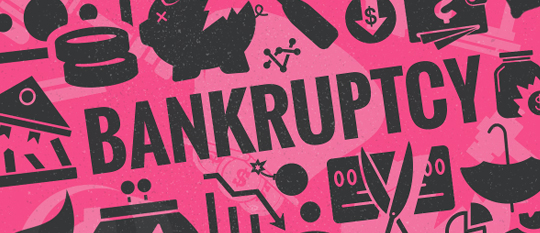This is a legal process that enables individuals or entities to have a new start by paying their debts off. It’s important to remember that qualifying criteria is stringent, as there has to be a certain level of inability to afford repayments to creditors.
The process is stringent and involves a number of steps, such as:
- Credit counselling
- Drafting paperwork with an attorney
- Providing proof of income for the past six months
- Determining which assets are exempt
- Filing
Prior to this, an individual must complete a credit counselling programme. It’s advisable for them to also understand the different forms of bankruptcy.
Chapter 7:
This is regarded as a traditional form. It typically involves the sale of assets to settle debts. With this option, you get to keep property that is classified as exempt. To qualify for this particular form, you need to prove that you don’t have enough income to repay of part of what you owe. A means test will be conducted.
Chapter 13:
This is another personal bankruptcy option and is designed to restructure your payments or to get rid of part of your debt.
The payment plan typically lasts between 3 and 5 years. The Judge and Trustee will prioritise the fair treatment of creditors. It’s important to also note that creditors may try to get more money or at a faster rate.
Chapter 11:
Popular with companies, this is ideal for reorganising finances. Of the different forms of bankruptcy, it is often more desirable than Chapter 7 for a business filing, mainly because it enables a business to continue operating. It also comes with automatic stay privileges, so litigation is halted while things are being sorted out.











